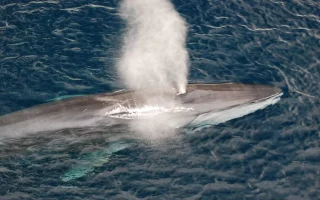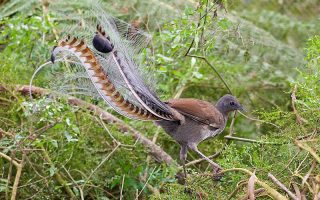iwillnotbebroken.org – The ermine, also known as the stoat in its summer coat, is a small yet highly effective carnivorous predator. Known for its distinctive white winter coat and black-tipped tail, the ermine is found in colder regions across Europe, North America, and Asia. Despite its cute appearance, the ermine is a fierce hunter with a diet that reflects its adaptability and tenacity. Let’s explore what an ermine eats and how it hunts in its natural environment.
Carnivorous by Nature
Ermines are obligate carnivores, meaning they rely almost exclusively on a diet of meat. Small mammals form the core of their diet, and ermines are especially skilled at hunting rodents. Their most common prey includes:
- Mice
- Voles
- Rats
- Lemmings
The ermine’s slender body allows it to pursue prey into tight spaces, such as burrows, giving it a significant hunting advantage. Despite its small size, the ermine can take down animals larger than itself, often targeting young or small mammals.
Opportunistic Hunters
Although small mammals are the primary food source for ermines, they are opportunistic predators and will take advantage of whatever prey is available. In addition to rodents, ermines also hunt:
- Birds and their eggs
- Rabbits (especially young ones)
- Frogs
- Fish
- Insects
Ermines are highly adaptable and can thrive in various environments, from forests to grasslands. In coastal areas, they may even prey on small fish or crustaceans. This dietary flexibility allows them to survive in regions with fluctuating food availability.
Seasonal Variations in Diet
The ermine’s diet changes with the seasons, depending on what prey is available. During the warmer months, when rodents and other small mammals are more active, ermines focus on hunting these animals. In the winter, when snow covers the ground and small mammals become less accessible, ermines may shift to hunting birds, scavenging carcasses, or even storing surplus food for lean times.
Ermines have also been known to stash uneaten prey in their burrows or dens. This food storage strategy helps them survive harsh winters when hunting is more difficult.
Ecological Role
As predators, ermines play an important role in controlling populations of small mammals, particularly rodents. This helps maintain balance in ecosystems by preventing overpopulation of species that can damage vegetation or spread diseases. In agricultural areas, ermines are beneficial because they naturally help reduce rodent populations that could harm crops.
However, ermines can sometimes be problematic for farmers and poultry owners. They have been known to raid chicken coops and small game bird nests, particularly in regions where they are not native.
Conclusion
Ermines are highly adaptable and efficient carnivores, with a diet that consists mainly of small mammals, birds, and other opportunistic prey. Their hunting skills and ability to thrive in diverse environments make them important predators in many ecosystems. While they can sometimes cause issues for farmers, their role in controlling rodent populations is vital for maintaining ecological balance.




